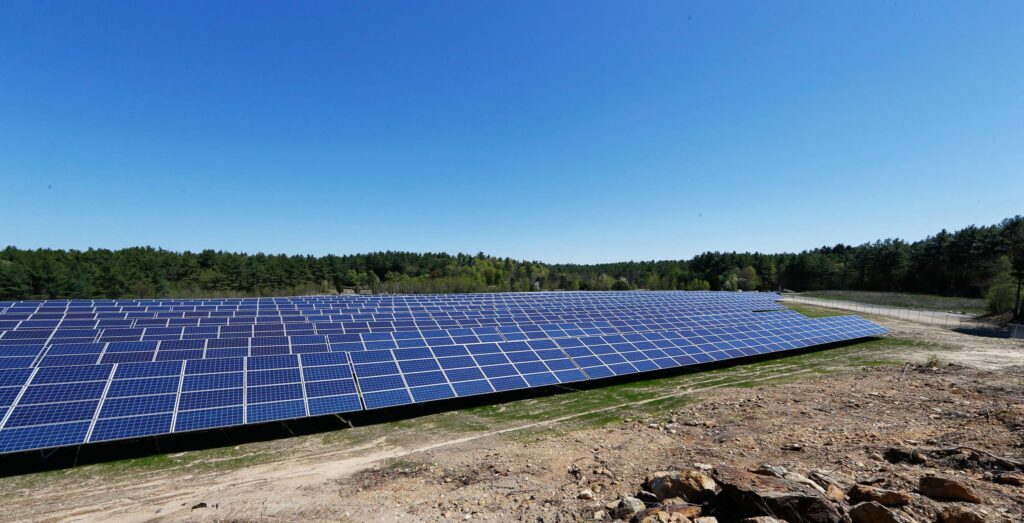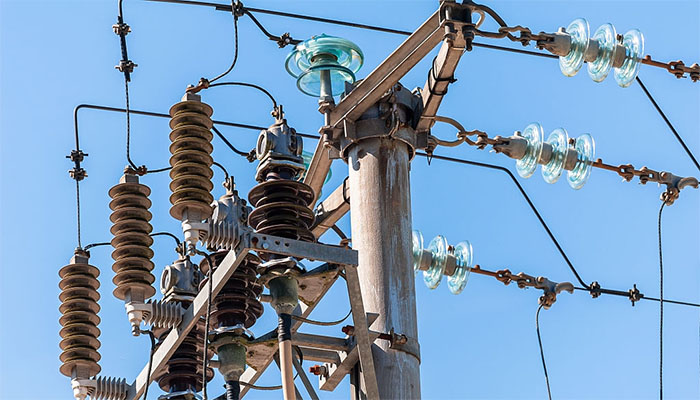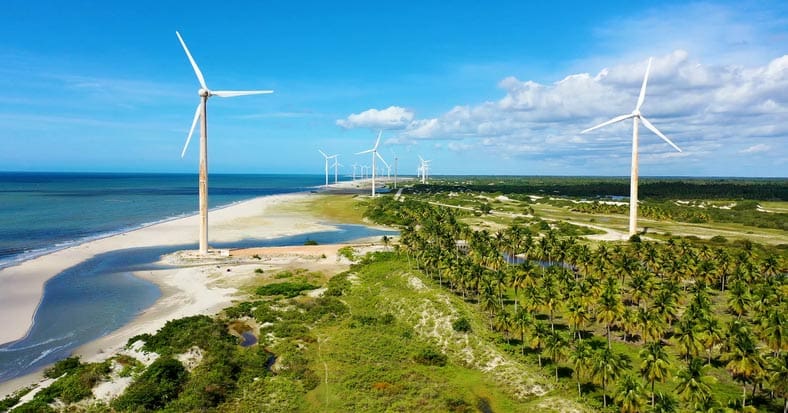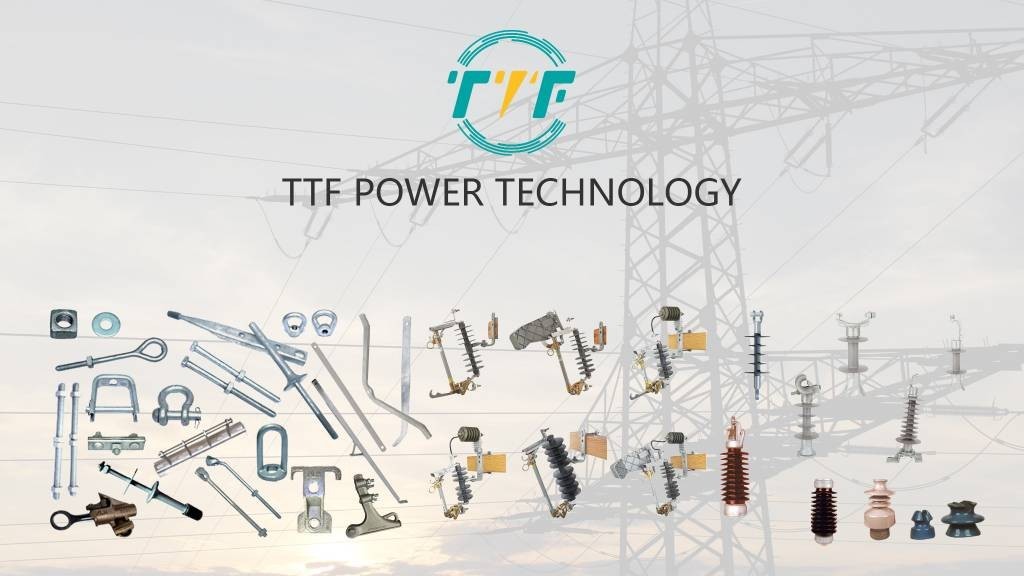
Distributed energy generation (DEG) is leveraging South America’s abundant natural resources to meet the growing demands. DEG provides localized solutions that are flexible, resilient, and tailored to the unique needs of South America. Distributed energy generation is a small-scale, decentralized energy production system that generates electricity. The systems rely on renewable energy sources such as solar, wind, biomass, and small-scale hydropower. DEGs enable sustainable development, improve energy access, and reduce environmental impacts. The nations can address the existing barriers to harness the potential of DEG to power their economies. Transmission insulators support the weight of power lines and prevent electrical current from flowing to the support structure.
Supporting power lines ensures the safe and reliable transmission of electricity from distributed generation sources. The insulators also ease the integration of distributed energy generation into the existing grid. Transmission insulators are crucial components of the grid infrastructure. They enable the successful integration and operation of the DEG. Transmission insulators maintain grid stability and ensure the seamless flow of electricity without increasing the penetration of distributed generation.
Significance of transmission insulators in distributed energy generation
Transmission insulators ensure the reliable operation of distributed energy generation systems. They ensure safety, efficiency, and durability by maintaining electrical isolation between conductors and supporting structures. Common types of transmission insulators include pin-type insulators, suspension insulators, post insulators, and composite insulators. Discussed below are the functions of transmission insulators in South America’s DEGS.

- Electrical insulation—transmission insulators prevent the flow of electricity from live conductors to support structures. The insulators ensure the safe operation and compatibility with local grids or microgrids.
- Mechanical support—insulators support the weight of conductors and withstand mechanical stresses. The diverse geography in the region needs robust insulators to handle environmental challenges.
- Protection from voltage surges—insulators are able to withstand high voltage surges caused by lightning strikes. The insulators protect equipment and maintain system stability during fluctuations.
- Grid integration—the insulators enable the safe transmission of electricity between DEG systems and existing grids. This ensures compatibility and reduces energy losses.
- System reliability—high-quality transmission insulators reduce maintenance needs and extend the lifespan of transmission infrastructure. Solar microgrids in the Andes or wind farms in southern Brazil need reliable insulators and reduce the risk of power outages.
Opportunities for distributed energy generation in South America
Distributed energy generation provides opportunities for South America’s energy sector. DEGs address energy access issues, support economic growth, and contribute to environmental sustainability. Its adoption fosters innovation, capitalizes on the abundant resources, and addresses the existing barriers. By doing this, South America can position itself as a global leader in decentralized, renewable energy solutions for a cleaner energy future. Transmission insulators protect the equipment used in the infrastructure for distributed energy generation. The following are the opportunities for DEG in South America.

- Renewable energy resources—countries like Chile and Peru are ideal for solar microgrids and rooftop solar systems. Other regions like Patagonia and the Andes provide opportunities for wind energy, hydropower, and biomass.
- Expanding energy access—DEGs provide off-grid solutions and deliver affordable and reliable power to underserved regions. For instance, Colombia’s solar-powered microgrid initiatives improve energy access for indigenous communities.
- Resilient energy systems—DEG reduce reliance on centralized infrastructure to reduce the impact of grid outages.
- Economic growth—the projects stimulate local communities by creating jobs in installation, operation, and maintenance. They also enable SMEs to access reliable power, improving productivity and reducing operational costs.
- Technological innovations—development of DEGs lead to use of advanced technologies. These includes energy storage solutions, smart grids, and digital platforms and AI.
Key barriers to the development of South America’s distributed energy generation
The development and scaling of distributed energy generation systems face several challenges. It is important to address these challenges to realize their full potential. TTF is a world-class global provider of high quality overhead line hardware, transmission hardware, distribution hardware, conductors, insulators, cutout switches, anchoring and grounding products. Our products also include construction and switching products, tools, insulators, arresters, pole line hardware, and cable accessories. The following are the challenges facing key barriers to DEGs development in South America.

- Policy barriers—policies for grid integration, tariffs, and net metering vary across countries in the region. This hinders distributed energy generation deployment.
- Financial barriers—the DEG systems need upfront costs for installation for components. These components include solar panels or wind turbines.
- Infrastructure challenges—most countries in the region lack modern grid infrastructure to integrate decentralized energy systems. The use of transmission insulators ease the development of infrastructure for DEGs.
- Technical and operational challenges—solar and wind DEG systems depend on weather conditions, leading to variable energy outputs. It also needs installation, maintenance, and operation skills.
- Limited regional collaboration—limited cross-border collaboration and inconsistent policies among the countries.